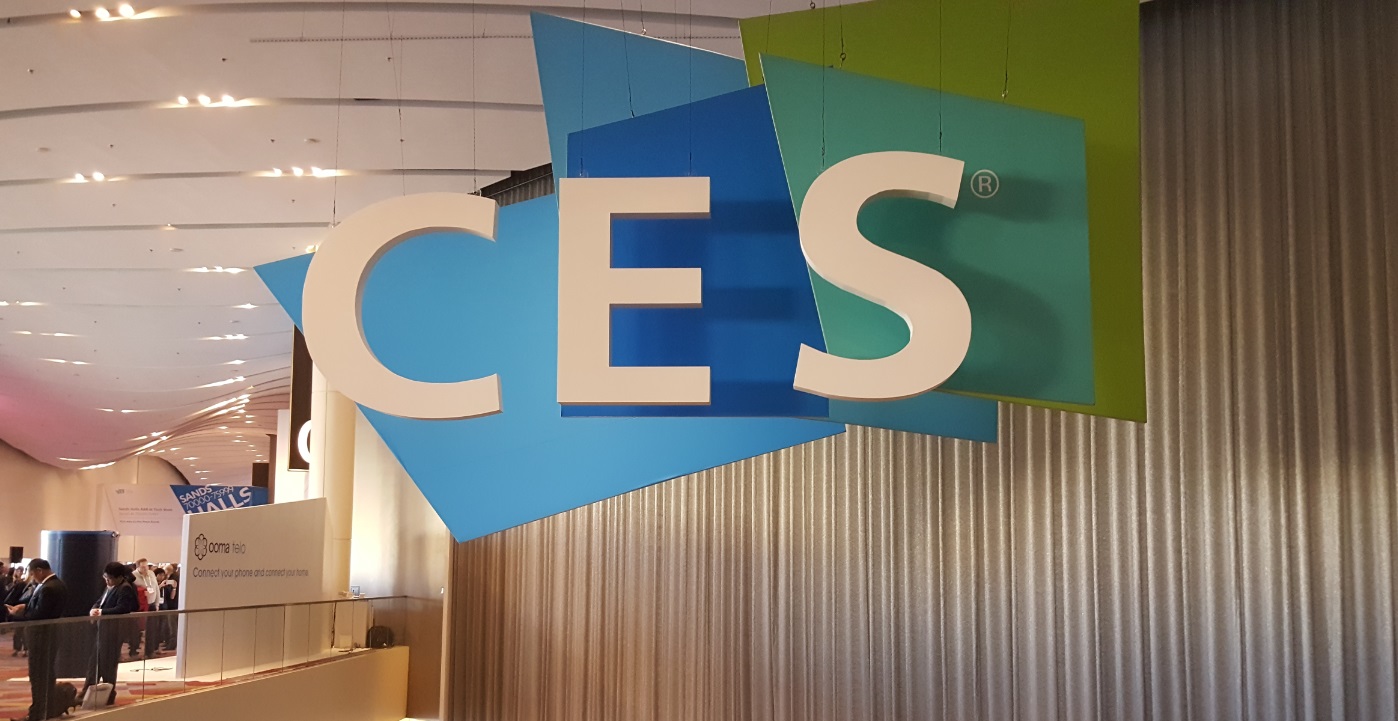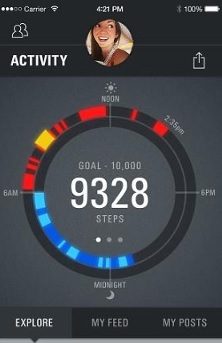Wireless Wednesday for 1/28/15: TV Tech
 Tuesday, January 27, 2015 at 7:04PM
Tuesday, January 27, 2015 at 7:04PM Chances are you will watching the Super Bowl this weekend on television, so it's the perfect time to take a look at some new tech and products for you TV.
Have a listen:
1. Sling TV
A partnership with DISH and Sling TV for cord cutters.
Now you can watch all those cable sports, lifestyle, new and online entertainment that was never available on-the-go or without paying a big cable bill for $20 per month with Sling TV.
Oh yea, there is no installation charge, no commitment, contact, credit check or hardware you need to install.
With Sling TV, you can watch all of your favorite programming on an Amazon Fire TV, Amazon Fire TV Stick, Google’s Nexus Player, various LG Smart TVs, Roku players, Roku TV models, most Samsung Smart TVs, Xbox One, iOS, Android devices, a Mac and of course a PC.
This is going to make life a little easier for cord cutters.
Rick's article with more on Sling TV
http://www.examiner.com/article/sling-tv-delivers-what-you-want-to-watch-wherever-you-are?cid=db_articles
2. High Dynamic Range or HDR pictures
Been a big part of digital cameras and editing digital pictures for years and now it comes to your TV
High Dynamic Range TV – a process whereby a combination of ultra-bright screens and specially shot footage delivers a much wider range of luminance levels to create pictures that look much more lifelike and dynamic.
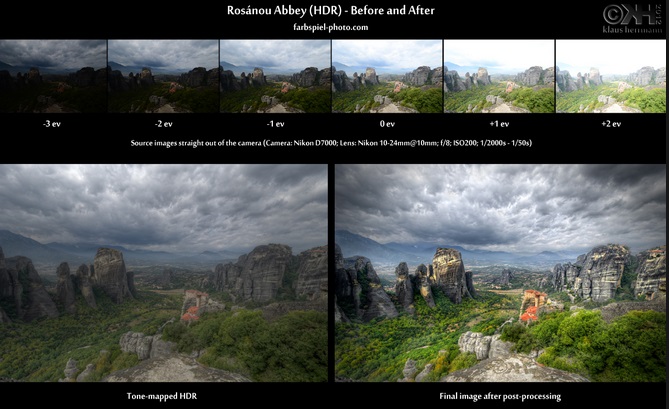
3. LG 4K TV's and Quantum Dots
LG will be pushing 4K OLEDs hard in 2015, they’re also dabbling with the technology that many think will steal OLED’s thunder at this year’s show. Quantum-dot displays, which use a layer of light-tuning nanoparticles in between the LED backlight system and the color filters, are expected to help the next generation of LCD sets achieve OLED-like performance at a much cheaper price. While LG is still betting big on OLED—and to my eyes, OLED certainly still looks better—LG does have a 4K quantum-dot set in its 2015 lineup.
The lone quantum-dot panel in LG’s stable is the 65-inch UF9400 UltraHD TV, a 240Hz set with a quad-core processor and Harman/Kardon speakers. According to LG, the quantum-dot film in front of the LED backlight system translates to a “25 to 30 percent wider color gamut and 10 percent more brightness.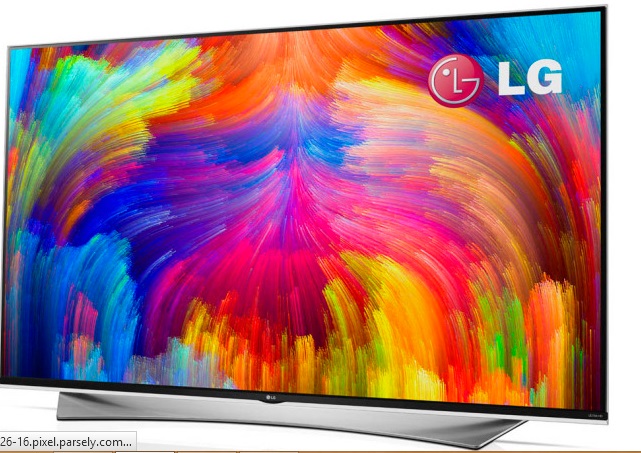
4. LG MusicFlow
Improved sound coming out of your TV
MusicFlow, which uses a dual-band mesh network similar to Sonos and supports 24-bit/192kHz audio.
LG is positioning its new MusicFlow soundbars as an entry point for the system, as they’ll be priced significantly lower than Sonos’s $700 Playbar. The LG soundbars have prices starting at $400, and the general strategy is that anyone who picks one up for their TV room will eventually want to create a multi-room setup. Then they’ll theoretically buy more of LG’s MusicFlow speakers—provided they don’t already have a Sonos setup.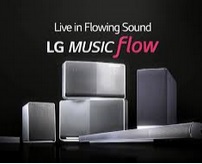
5. The Advent of Smart TVs
More and more Smart TVs will be sold and they keep getting easier to set up.
It’s also likely we’ll see much more advanced interaction between TVs and smartphones/tablets, with more control of your TV functionality being devolved to your portable devices and more potential for easily sharing video and multimedia content across all your video-capable products.
It remains to be seen, though, if the latest smart TV developments will be able to shake off the growing suspicion that maybe Smart TVs are getting too clever for their own good in trying to deliver features that might be better left to personal smart devices.
App of the week
Pro Tools First - for those that like to make music on their computer, tablet or smartphone.
A free version of Pro Tools that lets you get your feet wet. It includes a "subset" of the usual features (you're mainly missing extra tracks, score editing and video playback), but it otherwise behaves like the paid version. You won't have to relearn anything if you hit the big time and start using the full software.
The real catch (besides the lack of a release date) is Avid's dependence on after-the-fact purchases to make money. You'll get 21 audio effect plugins from the outset, but you'll have to pay for more. Also, First only lets you keep three projects in the cloud for free.
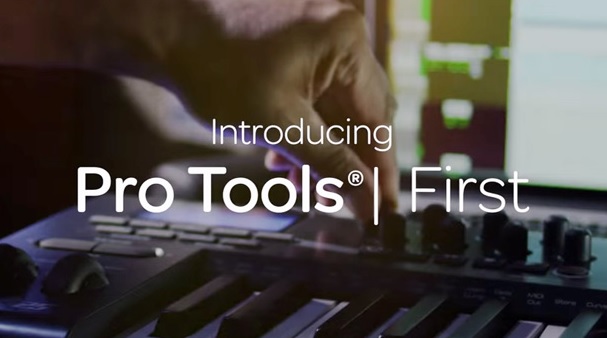
 92.9 The Game,
92.9 The Game,  Wireless Wednesday,
Wireless Wednesday,  tech segment in
tech segment in  92.9 The Game,
92.9 The Game,  Sports,
Sports,  apps,
apps,  radio,
radio,  tech
tech 










